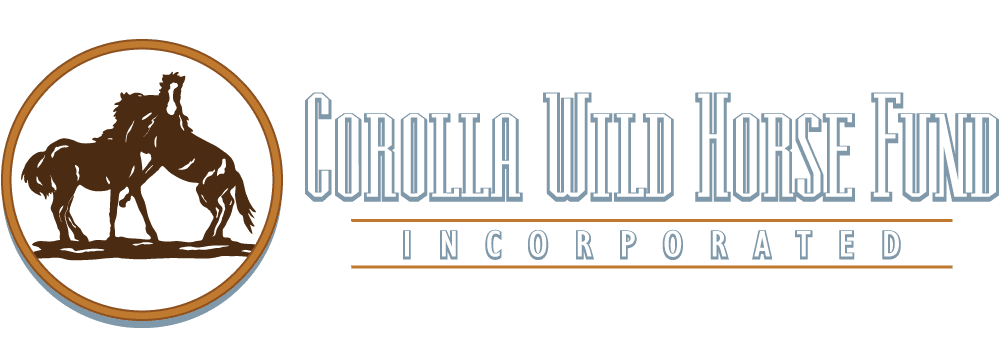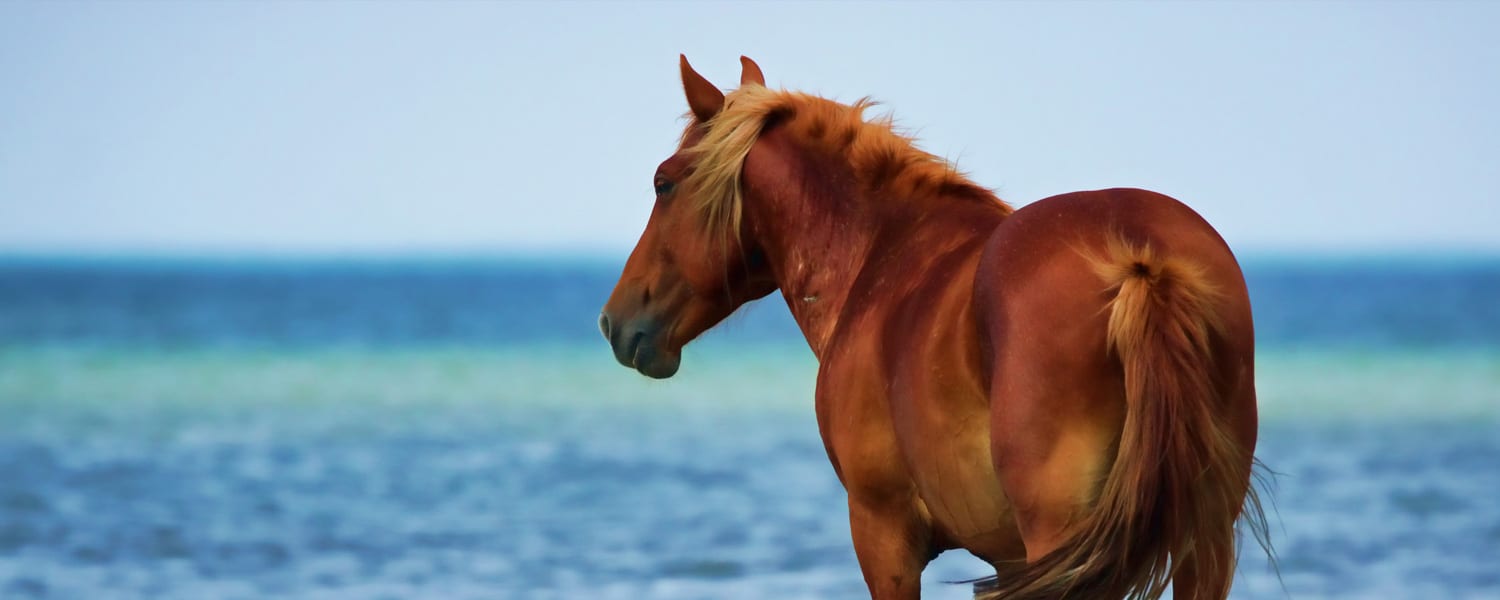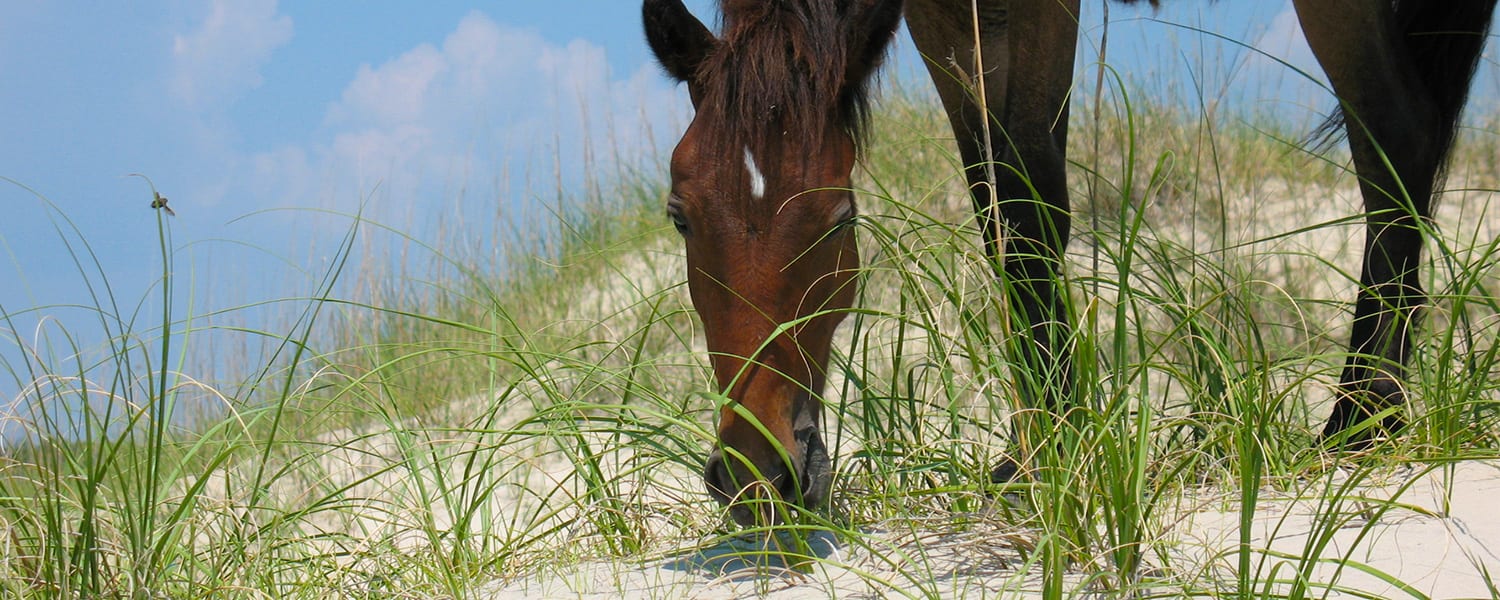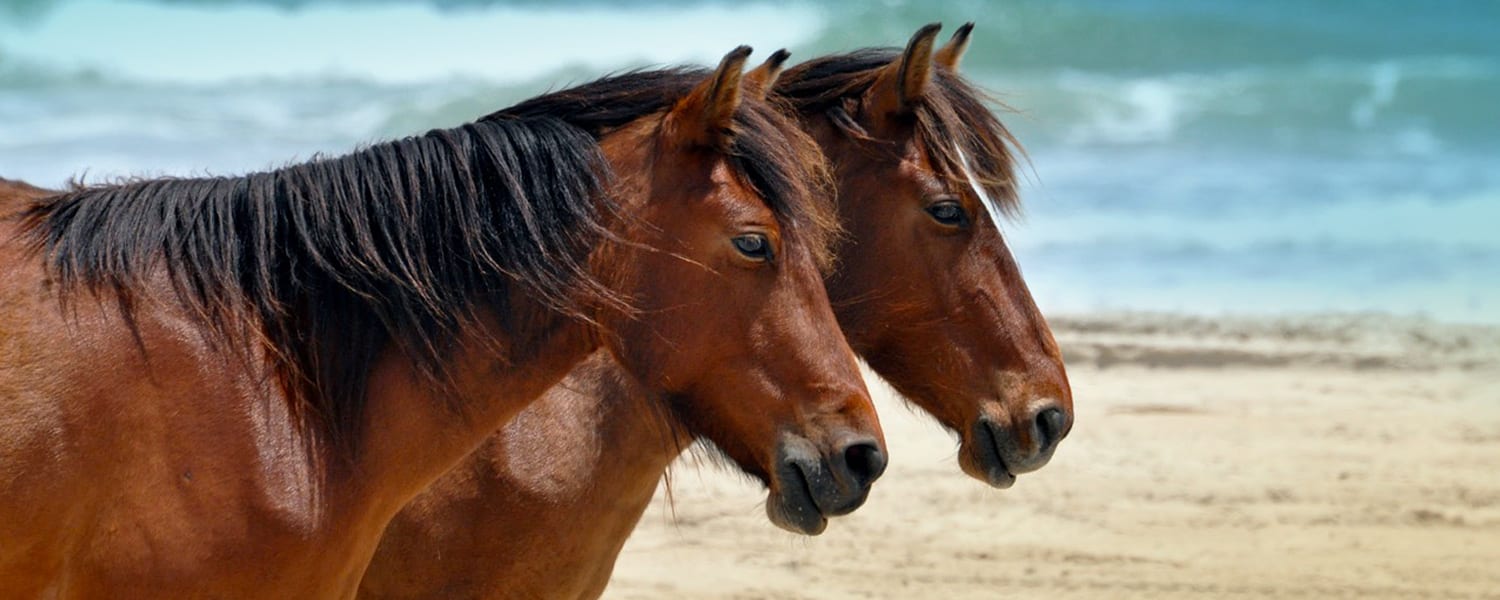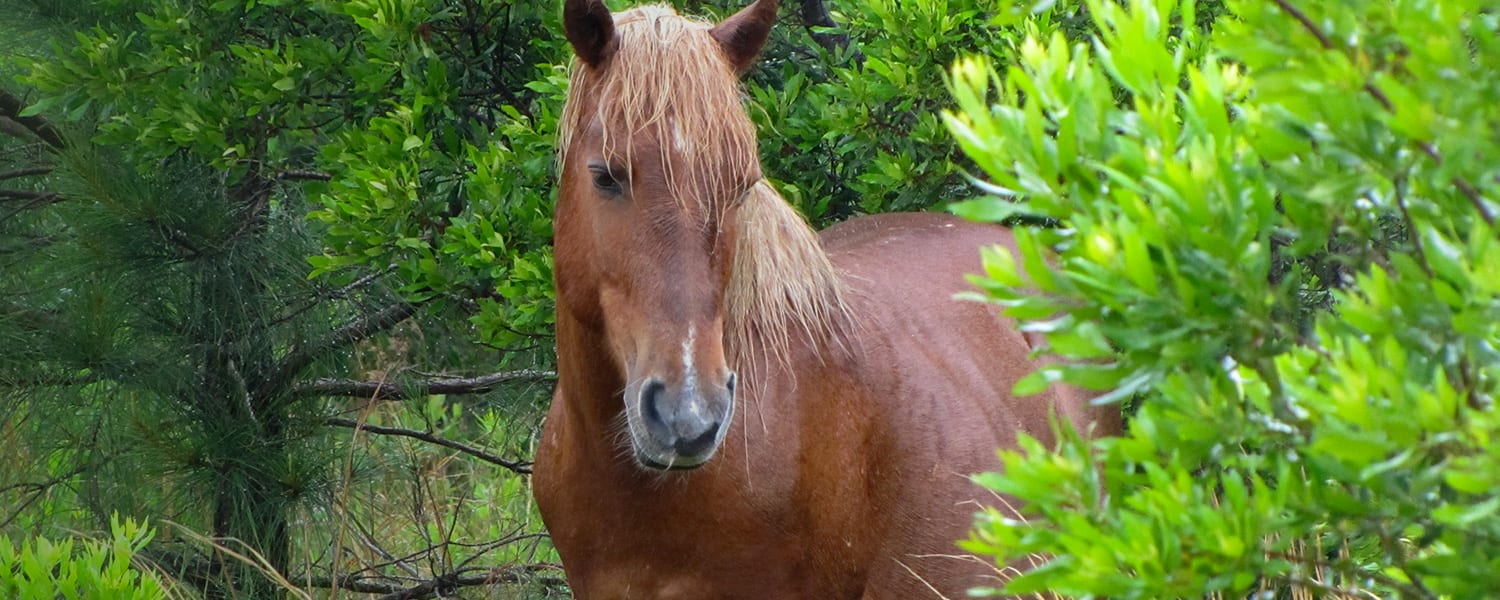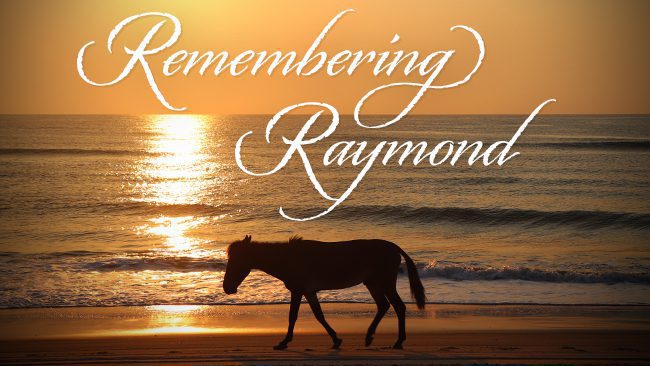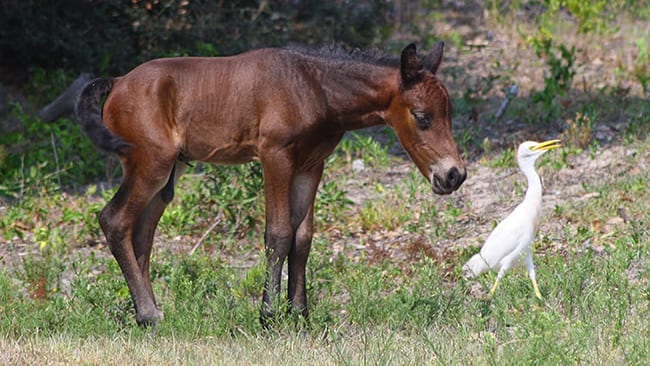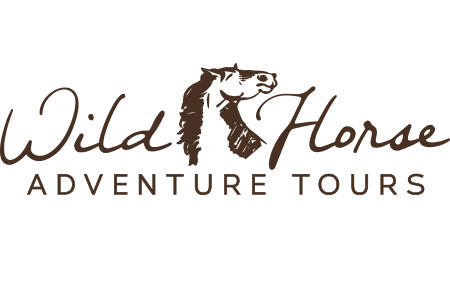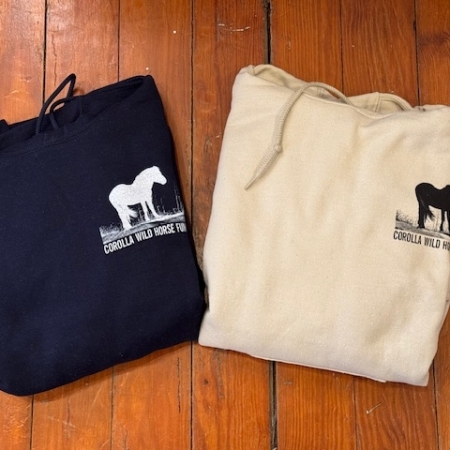 https://www.corollawildhorses.com/wp-content/uploads/2024/12/IMG_5613-rotated-e1733618508907.jpg
480
640
CWHFstoreGM
https://www.corollawildhorses.com/wp-content/uploads/2024/01/CWHF-logo-2x.png
CWHFstoreGM2024-12-07 19:39:522025-03-19 18:51:46Hoodie Sweatshirt – Mustang on the Dune
https://www.corollawildhorses.com/wp-content/uploads/2024/12/IMG_5613-rotated-e1733618508907.jpg
480
640
CWHFstoreGM
https://www.corollawildhorses.com/wp-content/uploads/2024/01/CWHF-logo-2x.png
CWHFstoreGM2024-12-07 19:39:522025-03-19 18:51:46Hoodie Sweatshirt – Mustang on the DuneOUR MISSION
To protect, conserve, and responsibly manage the herd of Corolla wild horses (Bankers) roaming freely on the northernmost Currituck Outer Banks, and to promote the continued preservation of this land as a permanent sanctuary for horses designated as the State Horse and defined as a cultural treasure by the state of North Carolina.
TAMING THE COROLLA HERD’S HISTORY WITH DNA TRACING
 https://www.corollawildhorses.com/wp-content/uploads/2024/12/IMG_5613-rotated-e1733618508907.jpg
480
640
CWHFstoreGM
https://www.corollawildhorses.com/wp-content/uploads/2024/01/CWHF-logo-2x.png
CWHFstoreGM2024-12-07 19:39:522025-03-19 18:51:46Hoodie Sweatshirt – Mustang on the Dune
https://www.corollawildhorses.com/wp-content/uploads/2024/12/IMG_5613-rotated-e1733618508907.jpg
480
640
CWHFstoreGM
https://www.corollawildhorses.com/wp-content/uploads/2024/01/CWHF-logo-2x.png
CWHFstoreGM2024-12-07 19:39:522025-03-19 18:51:46Hoodie Sweatshirt – Mustang on the Dune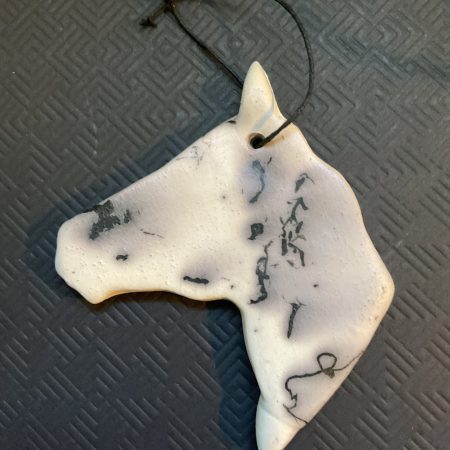 https://www.corollawildhorses.com/wp-content/uploads/2024/10/Junior-2.jpg
1440
1920
Corolla Wild Horse Fund
https://www.corollawildhorses.com/wp-content/uploads/2024/01/CWHF-logo-2x.png
Corolla Wild Horse Fund2024-10-31 16:00:302025-03-19 18:51:46Junior Ornament by Michael Middleton
https://www.corollawildhorses.com/wp-content/uploads/2024/10/Junior-2.jpg
1440
1920
Corolla Wild Horse Fund
https://www.corollawildhorses.com/wp-content/uploads/2024/01/CWHF-logo-2x.png
Corolla Wild Horse Fund2024-10-31 16:00:302025-03-19 18:51:46Junior Ornament by Michael Middleton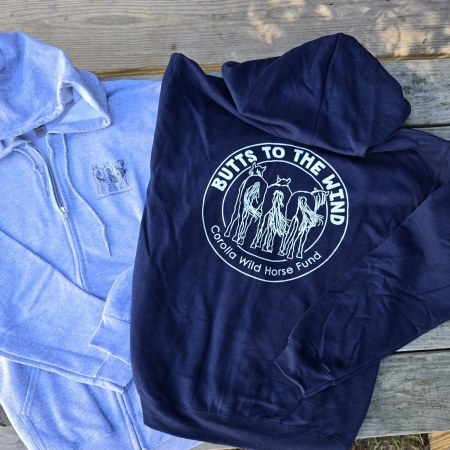 https://www.corollawildhorses.com/wp-content/uploads/2024/10/20240920_134032-1-scaled-e1729193467942.jpg
1754
2560
Corolla Wild Horse Fund
https://www.corollawildhorses.com/wp-content/uploads/2024/01/CWHF-logo-2x.png
Corolla Wild Horse Fund2024-10-17 18:32:552025-03-19 18:51:38Zippered Sweatshirt – Butts to the Wind
https://www.corollawildhorses.com/wp-content/uploads/2024/10/20240920_134032-1-scaled-e1729193467942.jpg
1754
2560
Corolla Wild Horse Fund
https://www.corollawildhorses.com/wp-content/uploads/2024/01/CWHF-logo-2x.png
Corolla Wild Horse Fund2024-10-17 18:32:552025-03-19 18:51:38Zippered Sweatshirt – Butts to the Wind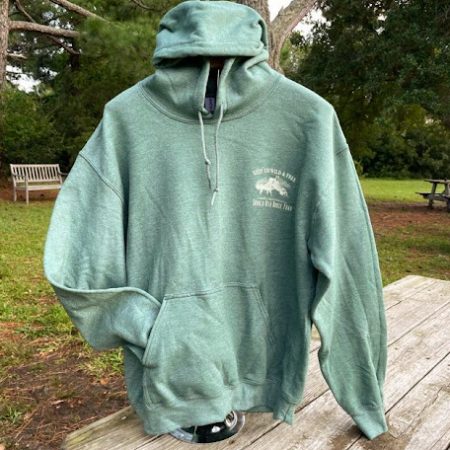 https://www.corollawildhorses.com/wp-content/uploads/2024/08/WNF-Heathered-Green-Hoodie-front.jpg
608
456
CWHFstoreGM
https://www.corollawildhorses.com/wp-content/uploads/2024/01/CWHF-logo-2x.png
CWHFstoreGM2024-08-29 13:48:262025-03-19 18:51:22Hoodie Sweatshirt – Wild and Free
https://www.corollawildhorses.com/wp-content/uploads/2024/08/WNF-Heathered-Green-Hoodie-front.jpg
608
456
CWHFstoreGM
https://www.corollawildhorses.com/wp-content/uploads/2024/01/CWHF-logo-2x.png
CWHFstoreGM2024-08-29 13:48:262025-03-19 18:51:22Hoodie Sweatshirt – Wild and Free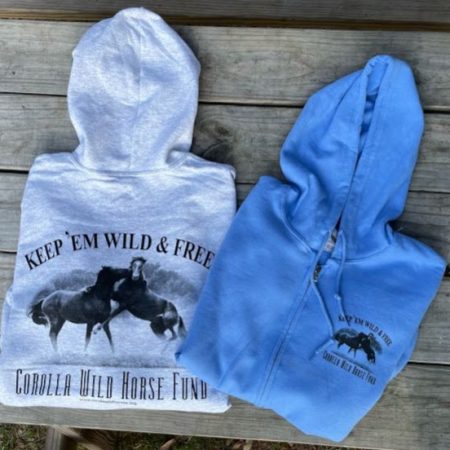 https://www.corollawildhorses.com/wp-content/uploads/2024/08/Ash-and-Carolina-Blue-Zip-WNF-Hoodie.jpg
552
624
CWHFstoreGM
https://www.corollawildhorses.com/wp-content/uploads/2024/01/CWHF-logo-2x.png
CWHFstoreGM2024-08-29 13:29:272025-03-27 18:51:40Zippered Sweatshirt – Wild and Free
https://www.corollawildhorses.com/wp-content/uploads/2024/08/Ash-and-Carolina-Blue-Zip-WNF-Hoodie.jpg
552
624
CWHFstoreGM
https://www.corollawildhorses.com/wp-content/uploads/2024/01/CWHF-logo-2x.png
CWHFstoreGM2024-08-29 13:29:272025-03-27 18:51:40Zippered Sweatshirt – Wild and Free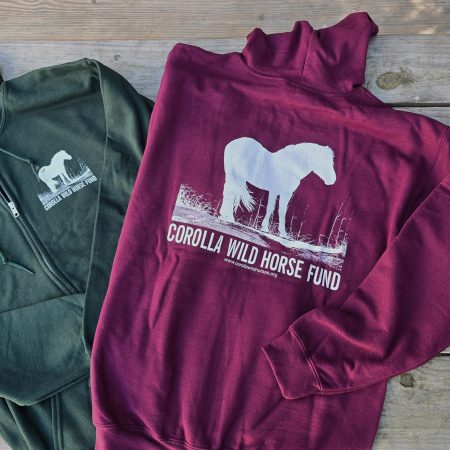 https://www.corollawildhorses.com/wp-content/uploads/2024/08/20240920_133745-1-scaled.jpg
1639
2560
CWHFstoreGM
https://www.corollawildhorses.com/wp-content/uploads/2024/01/CWHF-logo-2x.png
CWHFstoreGM2024-08-29 13:17:212025-03-27 18:51:40Zippered Sweatshirt – Mustang on Dune
https://www.corollawildhorses.com/wp-content/uploads/2024/08/20240920_133745-1-scaled.jpg
1639
2560
CWHFstoreGM
https://www.corollawildhorses.com/wp-content/uploads/2024/01/CWHF-logo-2x.png
CWHFstoreGM2024-08-29 13:17:212025-03-27 18:51:40Zippered Sweatshirt – Mustang on Dune https://www.corollawildhorses.com/wp-content/uploads/2024/12/IMG_5618-rotated-e1733519013260.jpg
480
640
CWHFstoreGM
https://www.corollawildhorses.com/wp-content/uploads/2024/01/CWHF-logo-2x.png
CWHFstoreGM2024-08-29 11:28:272025-03-19 18:51:22Youth Hoodie Sweatshirt – Mustang on Dune in 2 colors
https://www.corollawildhorses.com/wp-content/uploads/2024/12/IMG_5618-rotated-e1733519013260.jpg
480
640
CWHFstoreGM
https://www.corollawildhorses.com/wp-content/uploads/2024/01/CWHF-logo-2x.png
CWHFstoreGM2024-08-29 11:28:272025-03-19 18:51:22Youth Hoodie Sweatshirt – Mustang on Dune in 2 colors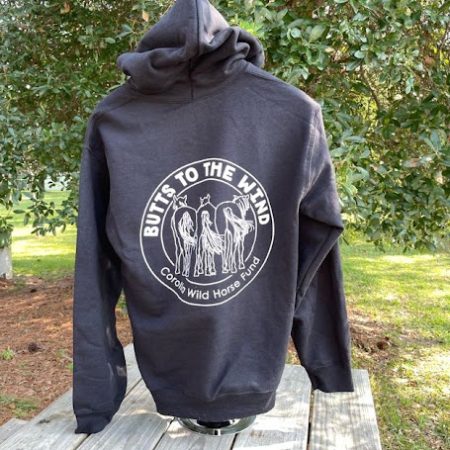 https://www.corollawildhorses.com/wp-content/uploads/2024/08/BTTW-Hoodie-Black-Back.jpg
607
455
CWHFstoreGM
https://www.corollawildhorses.com/wp-content/uploads/2024/01/CWHF-logo-2x.png
CWHFstoreGM2024-08-27 18:10:572025-03-19 18:51:14Hoodie Sweatshirt – Butts to the Wind
https://www.corollawildhorses.com/wp-content/uploads/2024/08/BTTW-Hoodie-Black-Back.jpg
607
455
CWHFstoreGM
https://www.corollawildhorses.com/wp-content/uploads/2024/01/CWHF-logo-2x.png
CWHFstoreGM2024-08-27 18:10:572025-03-19 18:51:14Hoodie Sweatshirt – Butts to the WindCWHF Community Cares Partner is how we acknowledge, highlight, and thank local businesses and individuals who embrace the CWHF, our mission and support us diligently. These partnerships are vital to our cause. Together we create shared visions and projects benefiting the horses. We offer goodwill and support to each other while working together to keep our beloved Banker mustangs wild and free.

Announcing the first foal of 2025
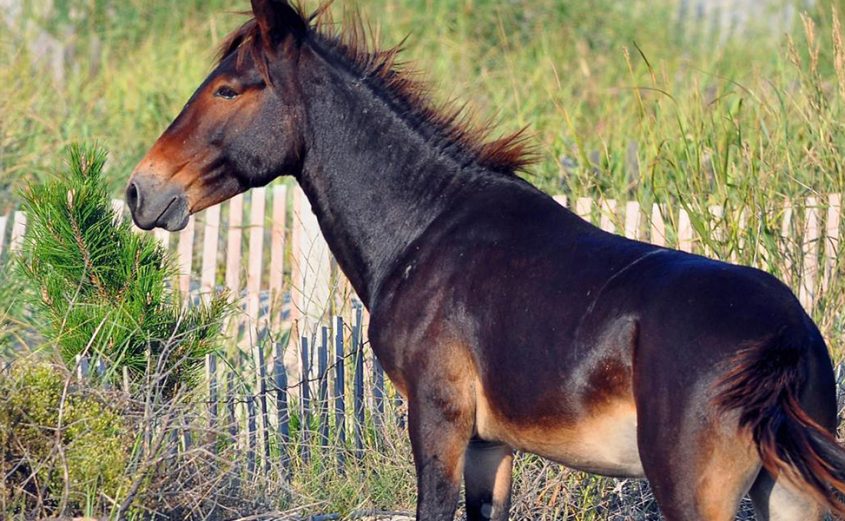
Remembering Raymond
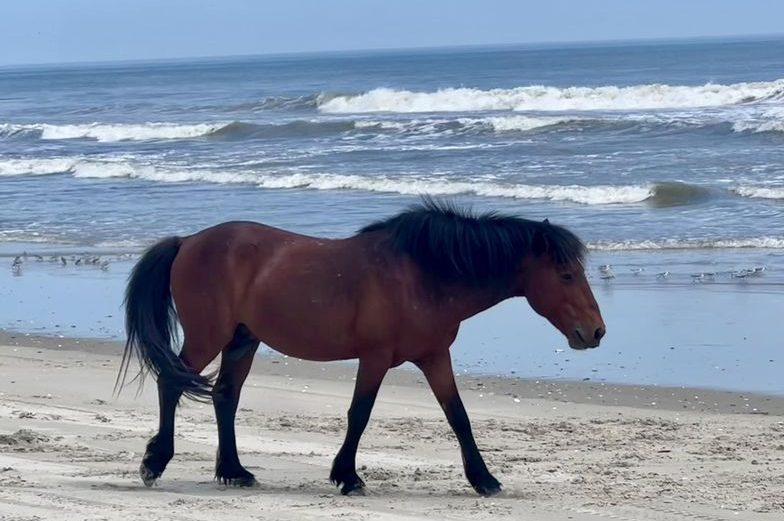
Fatal Wild Horse Incident
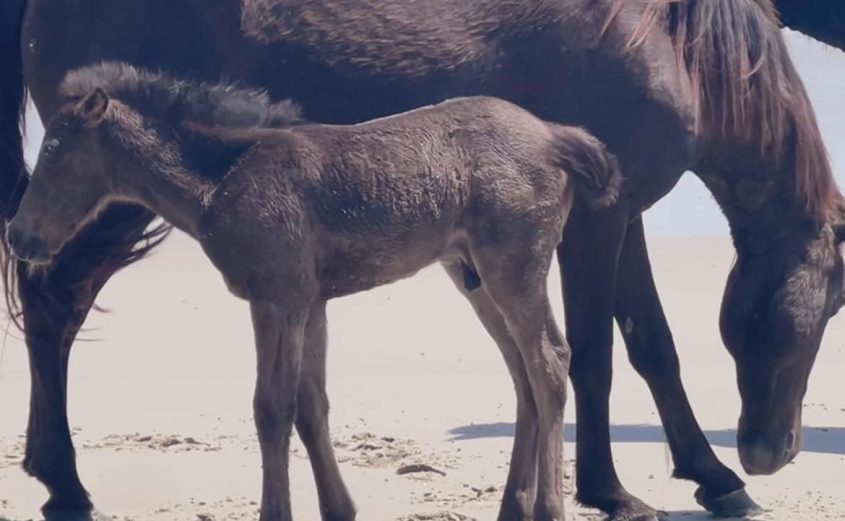
Elvis has arrived!
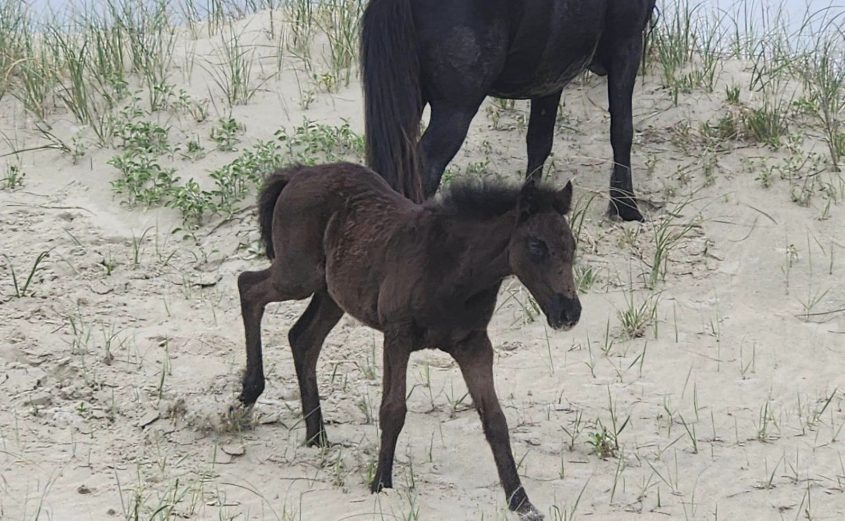
It’s a Girl!
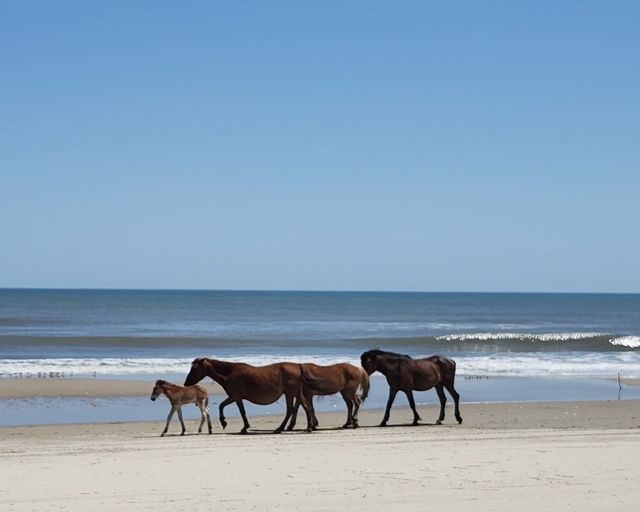
Hello, Ezra!
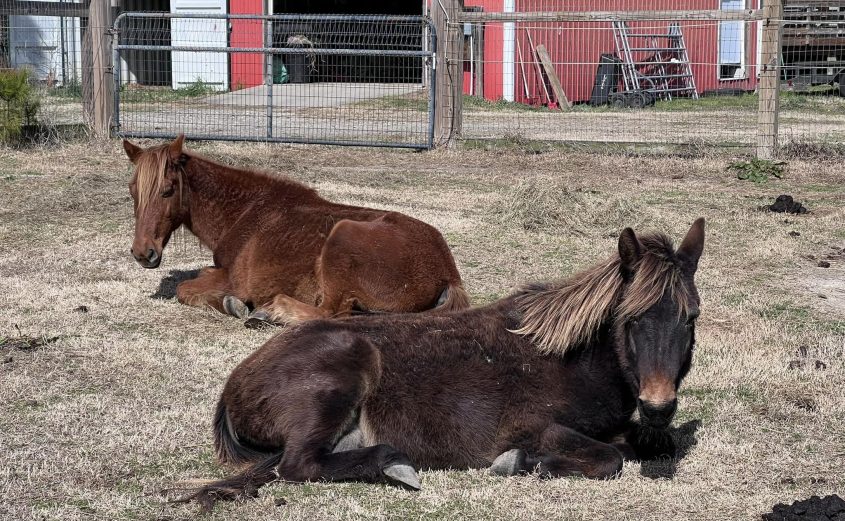
Raymond has a companion, again.
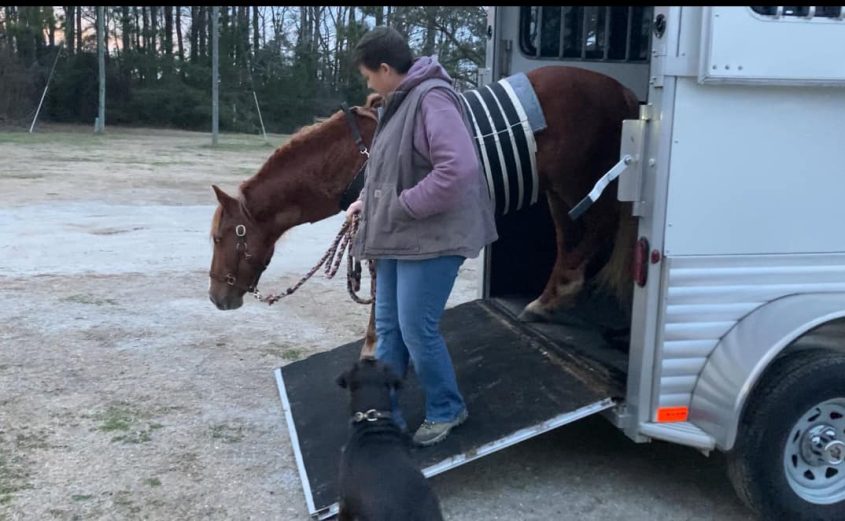
Junior is home and doing well!
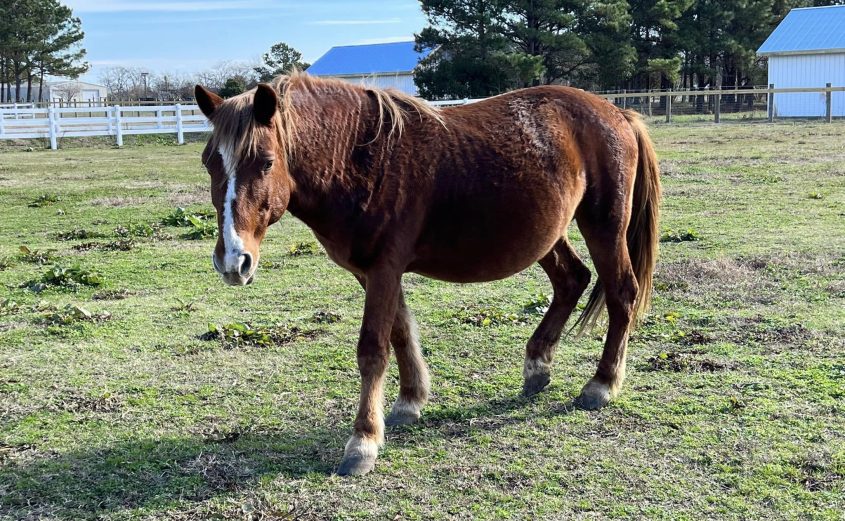
Junior’s Emergency Surgery
Facebook Feed
When our staff are observing the horses every day they record data like weather conditions, locations, and behavior. Out of the approximately 7000 entries we have on record so far, eating (80%) is in the #1 spot, followed by resting, and then traveling rounds out the top three most commonly observed behaviors. Drinking and pooping are the next two on the list. If you know horses…sounds about right! This data helps us better understand how the wild horses spend their time and utilize their environment, which in turn can help us make well-informed decisions about herd management and habitat preservation.
www.corollawildhorses.org
*All photos taken within the last week.
... See MoreSee Less


 +3
+3
- likes love 876
- Shares: 41
- Comments: 25
25 CommentsComment on Facebook
Earlier this morning some photos of one of the wild horses, a stallion named Topnotch, were posted on Facebook and those photos have understandably generated some concern. We want to provide some background on Topnotch and explain how we make management decisions in cases like his.
Topnotch is an old stallion - in his late 20s if not his early 30s, and this winter was very hard on him. It was very cold, we had two significant snow storms, and horses burn a lot of calories trying to stay warm. Even when he was younger and in better shape Topnotch always lost a bit of weight over the winter. This year his body condition is certainly worse, but not surprising considering his history, his age, and the weather. We have been closely monitoring Topnotch for the last couple months and despite his poor body condition he has been behaving normally. He is moving around his territory like normal, he’s eating and drinking, has no trouble chewing, his manure has been normal, and he is as bright and alert as he always has been. We have been updating our vet regularly with photos and videos and have been speaking on the phone about Topnotch at least once a week, if not more often than that.
We understand that it may be hard for us humans to see a horse in this condition, but it’s important to remember that they are wild animals. Management and husbandry for this herd is vastly different from what you’d expect for domesticated horses living on a farm. This is the normal cycle of life for a wild horse (the Bankers have been living and dying here for hundreds of years - long before humans got involved), and Topnotch deserves every chance to stay wild for as long as possible. Ideally, until the day he dies. It can be hard not to let your emotions get the better of you in cases like this, but above all else we have to do what’s best for the horse. This is why we have very strict protocols for removal or intervention. If a horse is able to freely move around and is eating, drinking, and otherwise behaving normally then there is usually no reason for us to intervene.
As is the case with any of the wild horses, if Topnotch begins to show signs of illness, becomes unable or unwilling to move around, or goes down on his own, then we will intervene under the direction of our veterinarian. But until then, we will continue to monitor him and let him live out the rest of his life on his own terms. We hope that now that the weather is warming up and the grass and other vegetation is starting to grow, Topnotch will begin to put some weight back on.
This is what it means to be wild and free, and while it may be hard to watch, it is a necessary and sacred part of the cycle of life. We will treat Topnotch with the respect and dignity he deserves as an old, wild stallion and can assure you that we will intervene if and when it’s deemed appropriate by our veterinarian and herd management team.
Thank you for caring so much about these horses and for trusting us to do what’s right for them, even when it’s very difficult.
www.corollawildhorses.org
... See MoreSee Less



427 CommentsComment on Facebook
What sweet photos of Finola, taken by our friend Bruce last week. 😍 Please read his very informative post as well - couldn’t have said it better ourselves. ... See MoreSee Less


 +7
+7
65 CommentsComment on Facebook
Mark your calendars for our spring open house at the farm! Come meet the rescued Banker horses in our care, visit the gift shop, and see the award-winning documentary “Secret of Corolla.”
Click on the event for more details!👇🏻
... See MoreSee Less
This content isn't available right now
When this happens, it's usually because the owner only shared it with a small group of people, changed who can see it or it's been deleted.1 CommentsComment on Facebook
Wow, this is very cool!
Here’s the story of Betsy Dowdy and her Banker mare Bess: www.facebook.com/share/18FGPqUyRz/?mibextid=wwXIfr
(If you’ve ever wondered why our farm is called the Betsy Dowdy Equine Center, read that 👆🏻!)
... See MoreSee Less


 +3
+3
9 CommentsComment on Facebook
We snapped this great photo of Finola earlier today and were excited to post it and say “happy first day of Spring!” but then realized that was yesterday. 🤪 So…happy second day of Spring! 🌸
We may sound like a broken record, but we can’t emphasize it enough - please give these new foals and their families plenty of space. When this group was out in a more public area on Wednesday it was a bit of a circus. Even if you are the required 50ft away, if you are out of your vehicle anywhere near these horses you are putting yourself at great risk. We witnessed several people nearly get run over by the stallion as he worked to keep other horses away from his mares, and we can promise you that no photo is worth a trip to the ER. These horses are wild - they are large, unpredictable, and can be dangerous. A seemingly quiet, peaceful moment can turn chaotic in a heartbeat.
Please give them the respect they deserve!
www.corollawildhorses.org
Ok, I’m updating this to better explain the point.
Here’s how these conversations usually go:
Us: “Just wanted to let you know you’re not in a very safe spot right now, you may want to get back in your vehicle/move further away/be more aware of your surroundings.”
Them: “I’m 50ft away, I’m not doing anything illegal.”
Us: “Correct. But the horses don’t have to follow that rule and they can move fast. Where you’re standing is right in between that stallion 👈🏻 and that stallion 👉🏻 and if they decide to start fighting you’re going to be in the middle of it.”
Them: “…I’m 50ft away, I don’t have to move.”
Us: “🫠”
In these cases, the horses aren’t in danger but YOU are. It’s important to be aware of your surroundings and understand that the horses don’t care if you’re 50ft away or 300ft away, if they start moving they can be on top of you in a heartbeat. We want everyone - horses AND humans - to stay safe!
... See MoreSee Less

234 CommentsComment on Facebook
Announcing the first foal of 2025 - a filly we’ve named Finola. She was born on St Patrick's Day weekend so we figured she needed a good Irish name. 🍀
We know that new foals are very exciting and everyone wants to catch a glimpse of them but we are once again reminding everyone to please give them plenty of space and privacy. If we could, we would avoid posting anything for as long as possible so as not to draw too much attention to them especially when they are brand, brand new but they do live among the public so that is not something we can control. Since word is already out about this little girl we are posting today as well so that we can remind everyone about how important it is to be respectful and not cause undue stress to the foal, the mother, or any of the other horses in the harem.
Thank you for helping us protect this endangered herd and every new foal that is born into it. Every single one of them is critical to the long-term survival of these horses in the wild and with your support we are doing all that we can to ensure they have a safe, healthy habitat in which they can thrive.
Welcome to the beach, Finola! 💚
ETA: We do not share the names of parents or other relationships, or locations, in an effort to keep the horses as safe as possible. We don’t want people going out of their way to track them down.
... See MoreSee Less



193 CommentsComment on Facebook
Thanks for the great story on our DNA project, WAVY TV 10! 🧬🔬🐎 ... See MoreSee Less

Taming the herd’s history: A look at DNA tracing the Corolla wild horses
trib.al
COROLLA, N.C. (WAVY) — Along a stretch of North Carolina’s coast on the shores of Corolla, visitors will find a wild tale that has stood the test of time. “What makes these horses speci…10 CommentsComment on Facebook
It’s getting to be that time of year again - foaling season! 🌸 The first foal of 2025 hasn’t been born yet (that we know of) and we are all anxiously awaiting that first sighting.
There’s been a lot of talk lately about who in the herd may be pregnant, but there is no way to know for absolute certain until the foal hits the ground. These photos are good examples of why we don’t speculate. None of the horses pictured were pregnant when their photo was taken. In fact, one of them is a stallion! Of course, a big belly isn’t the only indicator of pregnancy but it’s still extremely hard to tell with wild horses, even for the most experienced person.
The most important thing to remember as we head into spring is that it is critical for mares and foals to be given plenty of space. Pressure and stress can cause foals to become separated from their mothers, it can trigger aggression from stallions, and can even lead to mares rejecting their foals. Watch from a distance and help ensure each new arrival has the best chance for a long, healthy life in the wild. 🐎🌊
www.corollawildhorses.org
... See MoreSee Less


 +1
+1
24 CommentsComment on Facebook
Only a few days left to enter for a chance to have your photo featured in next year's calendar!
Contest is open to amateur photographers with photos of the wild Banker horses in Corolla. Please keep in mind that high resolution, horizontal photos work best for print.
Visit the link below for details and the submission form.
www.corollawildhorses.com/calendarcontest/
... See MoreSee Less

2 CommentsComment on Facebook
This week marks the three-year anniversary of Brio's rescue. He was found alone and in distress when he was seven months old. While normally a colt that age should be able to survive without its mother, Brio was not displaying typical behavior nor did he seem physically sound. Under the direction of our veterinarian we caught Brio and brought him to our farm on the mainland, where he was diagnosed with pneumonia and general failure to thrive. He was very underweight, his muscles were beginning to atrophy, and it's highly unlikely he would have survived much longer in the wild.
Luckily, with antibiotics, exercise, and an appropriate diet we were able to get him on the right track and today he is a healthy, happy almost-four-year old with a bright future ahead of him! He now shares a field at the farm with Buster, Arrow, and Wildfire who are good role models and playmates for him. We are slowly starting Brio under saddle and we've also been working on teaching him the skills he needs to be a good outreach horse. Brio is friendly, charming, and very spirited. He loves playing with toys and can often be seen running around the pasture with one of his big rubber balls. He is very smart and a fast learner - he definitely keeps all of us on our toes!
You can visit Brio and the rest of the horses on the farm at our Spring Open House on April 26 - find more details on our events page.
... See MoreSee Less


 +3
+3
70 CommentsComment on Facebook
One of the projects we’re working on at the farm right now is taking measurements of all the horses so that we can begin to put together a breed standard for the Corolla Bankers.
A breed standard defines how the ideal individual should look and behave. It identifies the acceptable size range, colors, how the animal should move, conformation, and temperament just to name a few things. With these measurements we can begin to put together an average range of common physical characteristics for the breed that, when combined with what we know about genetics and ancestry, will help define exactly what a Corolla Banker is and provide a blueprint for purposeful, responsible conservation breeding in the future.
This is just one of the reasons why the population of horses living at the farm is so important. We obviously can’t take these kinds of measurements from the wild horses, but we have horses at the farm that represent all of the different areas and territories of the wild habitat, several different family lines, and both distinct body types that we see in these horses. Even though they are no longer wild they are still serving a very important role in the work that we’re doing to protect and preserve this endangered breed.
You can help support this project and many others by becoming a member, sponsoring a rescued horse, or just making a one-time donation - every single dollar makes a big impact! Get involved today: www.corollawildhorses.com/support-corolla-wild-horse-fund/
Pictured: Riptide being an extremely good sport despite thinking this is a little ridiculous and that he’d rather be out in the pasture eating hay. 😉
... See MoreSee Less


 +2
+2
16 CommentsComment on Facebook
Remembering Amadeo, who passed away five years ago today.
Amadeo was rescued in 2013 after being pushed into the ocean by a rival stallion and nearly drowning, and then spent the last years of his life at our farm. Amadeo was already blind in one eye when he was rescued and lost sight in his other eye not long after. But despite being completely blind he became one of our best outreach horses and loved going off the farm to different events. He would hop on and off the trailer with no hesitation and happily followed along wherever we took him - music festivals, the lighthouse, schools - he was always game for anything. He loved kids and was endlessly patient and gentle with them. He could be stubborn and strong willed, but once he trusted you he’d do just about anything for you. Earning that trust is still to this day one of my most cherished accomplishments.
Amadeo died peacefully just after midnight on March 6, 2020. We think he was close to 40 years old. He was an extraordinary horse who lived an extraordinary life, and we are so honored and lucky to have been a part of it. His legacy and spirit lives on in everything we do here at CWHF. 💜
... See MoreSee Less


 +4
+4
77 CommentsComment on Facebook
We call Brio “the mole” because one of his favorite pastimes is digging holes in his pasture. 😂😵💫 We got a big load of sand for the driveway a couple weeks ago and it’s been great enrichment for him. What kid doesn’t love playing in a big pile of dirt, right?
Sponsor Brio and help us continue providing the best care and training to the horses at the rescue farm: www.corollawildhorses.com/horse-sponsorships/
... See MoreSee Less
30 CommentsComment on Facebook
What’s for lunch? 🍽️ The horses are seasonal grazers - they eat different things at different times of the year. March is a transitional month and the pickings are a bit slim, but that’s as nature intended. It’s important that the horses go into spring on the leaner side so that all the new, green grass doesn’t cause serious health issues for them. The Banker horses are well-adapted to this environment and can survive (and thrive) on rough forage and very few calories. Honeysuckle vine and Russian olive are two of the more interesting plants we’ve observed them eating lately.
Photos taken today, 3/3/2025
... See MoreSee Less


 +1
+1
20 CommentsComment on Facebook
Wise words from our friends down south. Please join us both in our commitment to protect these special horses and ensure their survival here in North Carolina for many generations to come.It’s National Horse Protection Day!
Our local wild horses are a direct link to our past, representing the strength and endurance of our ancestors. That they have adapted and been able to survive in such a harsh and ever-changing environment mirrors the resilience of the local people. But their continued survival, like this beautiful place and its inhabitants, is threatened, and it’s incumbent upon all of us to work to protect them.
Please help do your part to protect the wild horses by always giving them plenty of space—at least 50’—and even more for mares and foals, by keeping your dogs on a leash as required by federal law, and by taking your trash and any food with you when you leave the island.
You can learn more about them, and help support our work by donating, at our website, www.shackleford-horses.org
#horseprotectionday
Cape Lookout National Seashore
Rachel Carson Reserve
Seavisions Charters
**Copyrighted photo courtesy of Carolyn Salter Mason, shot with a telephoto lens. All rights reserved.
... See MoreSee Less

9 CommentsComment on Facebook
Some photos of the wild horses taken today. ☀️
Our staff monitors the horses seven days a week and collects all kinds of data that we can then use to help us best manage the herd. Every time a horse is seen we record latitude and longitude coordinates, weather conditions, notable behaviors, associations (other horses they’re with), and more. Photos are also taken. From this we can track movement, monitor body condition, and better understand herd dynamics and behavior. This allows us to make decisions about breed conservation and habitat preservation that will have a lasting, positive impact on this herd of critically endangered horses.
Learn more: www.corollawildhorses.org
... See MoreSee Less


 +3
+3
55 CommentsComment on Facebook
Sunshine was rescued in 2015 to treat a very bad abscess on her hip. She is healthy and happy now, and lives on a beautiful farm in Virginia with fellow Banker horse Mateo and a miniature donkey. Our friends at Middleton Clay Project have done a limited run of this very special pot to celebrate Sunshine. Each one is unique, and infused with Sunshine’s hair. Supplies are limited so get yours today!
Part of the proceeds are generously donated to CWHF. 💖🐎
Purchase here: www.middletonclayproject.com/product/sunshine-vase/627?cp=true&sa=false&sbp=false&q=false&categor...
... See MoreSee Less


5 CommentsComment on Facebook
What a difference a week makes! From 6+ inches of snow and ice to sunny and 70° - hopefully a sign that spring is right around the corner. Jasmine, Blossom, and Louie were soaking up the warmth earlier this afternoon. ☀️
www.corollawildhorses.org
... See MoreSee Less

18 CommentsComment on Facebook
Corolla Wild Horse Fund
1130E Corolla Village Road
Corolla, NC 27927
(252) 453-8002
MUSEUM & GIFT SHOP
OPEN:
Mar 28 – Apr 5: Fri & Sat, 11 am – 3 pm
Apr 9 – May 3: Wed – Sat, 11 am – 3 pm
May 6 – Season: Tue – Sat, 9 am – 3 pm
